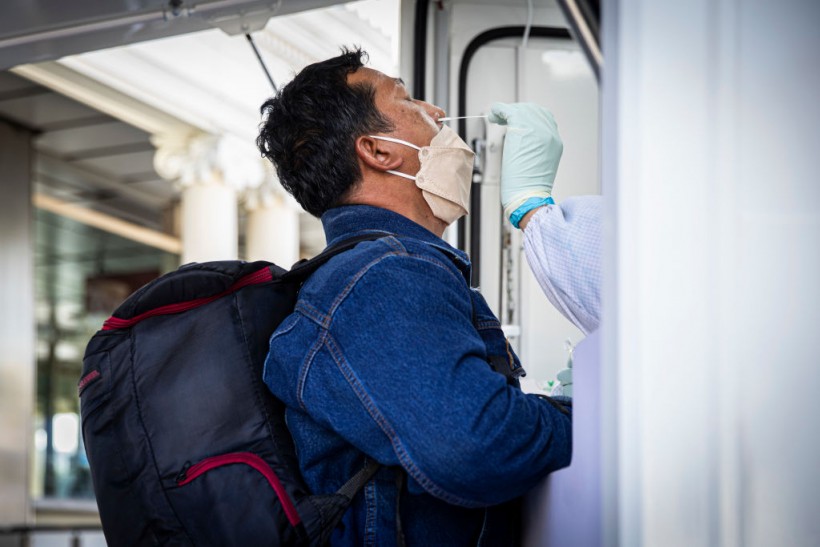
(Photo : Lauren DeCicca/Getty Images)
At-home rapid COVID-19 tests are needed to check for the Omicron variant, especially with gatherings during the holidays and so forth. But after the scarcity is alleviated, the supply for these home testing kits will be replenished soon.
Recently Dr. Anthony Fauci said these kits might not be able to detect the new variant due to adaptions of the pathogen.
At-home rapid COVID-19 tests may not detect some variants
Northwestern experts are advising that the best thing to do past the New Year and beyond is to be calm, test, and proceed to get vaccinated and boosted is what to do, reported Scitech Daily,
Thom McDade, a professor, associated with several institutions, made a statement regarding home testing.
He said that as many of us travel to be with family, the Centers for Disease Control (CDC) analyzes whether screening tests are much less efficient at delivering a precise outcome. It is crucial to keep in mind that rapid tests are essential for keeping everyone safe.
Another expert, Pablo Penaloza-MacMaster from Northwestern University, specializing in viruses, mentioned that pathogen evolution is normal. But some changes can bypass some of the quick result antigen tests. With some still able to deal with the viral changes, cited the Good Word News.
He added that the at-home rapid COVID-19 tests trace the antigen variant, so it's not that simple. Should it be a nucleocapsid, an internal RNA-binding protein, that would be easier to confirm. The viral protein is easier to detect due to more minor mutations than the spike enzyme, especially when it comes to the Omicron variant.
Read Also: COVID-19 Antibodies Reduces the Immune Response Resulting to More Prolonged Symptoms in Long Haulers
According to Penaloza-MacMaster, a quick internet search will show what viral particles a specific at-home COVID-19 rapid test addresses. Nevertheless, while Omicron may escape one test today, the same test could detect a new variant tomorrow.
He said due to falling levels of antibody resistance, and it can be anticipated to see more breakout infections amongst persons who have been immunized four or more months ago as the new variant levels rise.
Both are critical tools in managing this new phase of the pandemic: booster shots create a substantial immune reaction, and quick diagnostics trace and discover and isolate infections.
Two virus strains could infect an individual at the same time
Penaloza-MacMaster said it could happen and explained it further, saying it happens in HIV when two strains have infected one individual at one time. This specific situation is when recombination of viruses might occur, triggering the spawning of a hybrid strain as a result.
So multiple vaccine shots will cope better than one initial shot, stopping the tendency to evolve for even the new variant by recombining genetically.
According to researchers like Penaloza-MacMaster, no answer is available, yet he stressed more studies should be done to investigate immune responses from multiple COVID shots. A third dose he should give better protection.
Factors like how immunity will improve over time, like in the first dual shot set, because of the pressing need to generate a robust and comprehensive immunological reaction for as many people, the prime-boost interval was shortened.
According to researchers, a third dose generates a broader immune reaction, allowing for greater recognition of viral mutations.
These at-home rapid COVID-19 tests are determined by many factors and complicated by the immune reaction of people and if the omicron variant could be detected or evaded.
Related articles: Study Identifies Certain Antibodies That can Stop Omicron Infection, Affect the Notorious Spike Proteins








